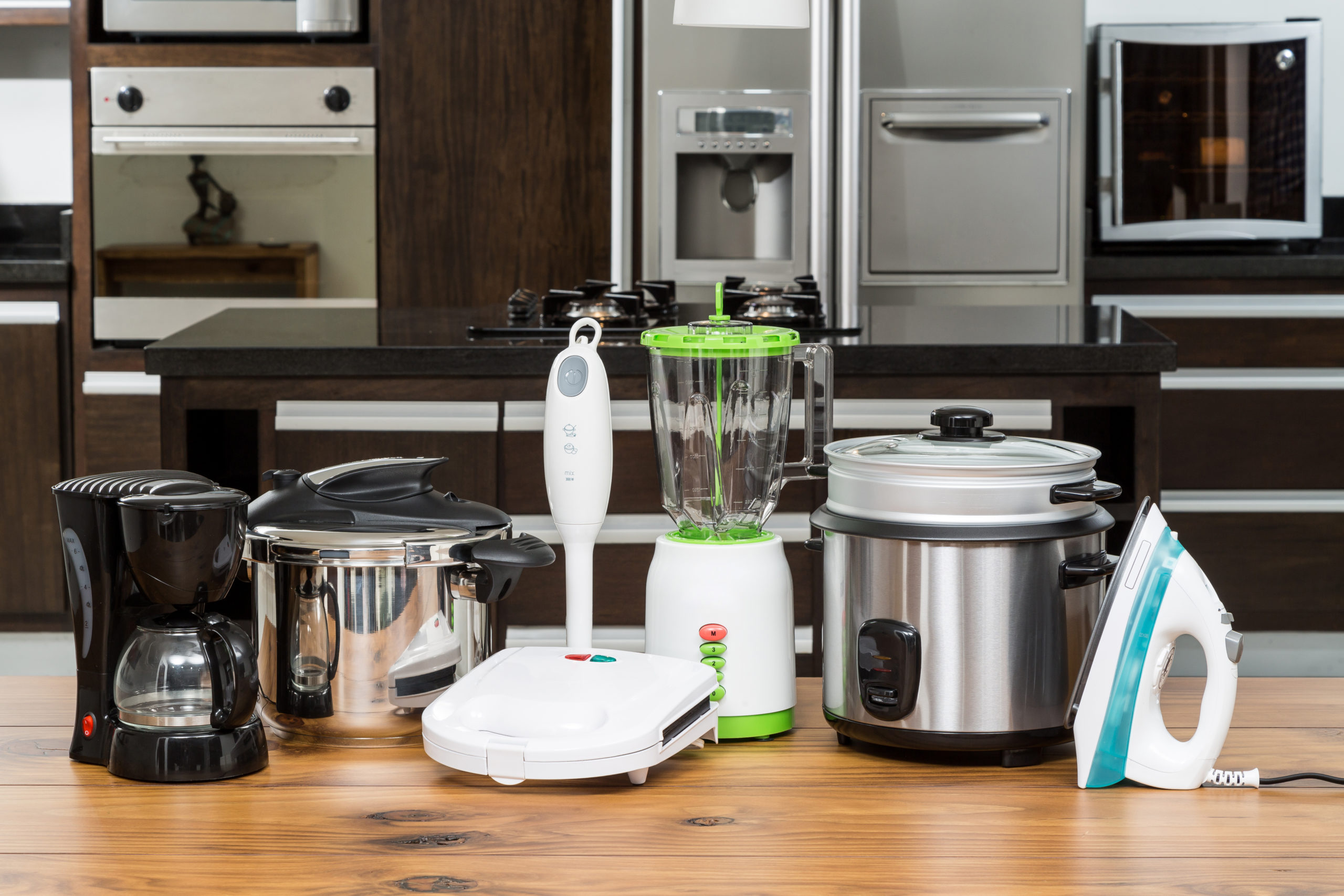

Articles
How To Dispose Of Blender
Modified: January 5, 2024
Learn effective methods for disposing of your blender after it gets old or is no longer needed. Read our expert articles for step-by-step guidance.
(Many of the links in this article redirect to a specific reviewed product. Your purchase of these products through affiliate links helps to generate commission for Storables.com, at no extra cost. Learn more)
Introduction
Blenders are an essential kitchen appliance for many households. Whether you use it to make smoothies, purees, soups, or sauces, your trusty blender may eventually reach the end of its lifespan. When that time comes, it’s important to know how to properly dispose of your blender to minimize environmental impact and adhere to waste management regulations.
In this article, we will explore various options for disposing of your blender responsibly. From recycling and donating to disassembling and proper disposal methods, we will cover all the necessary steps to ensure you make an eco-friendly choice.
It’s worth mentioning that before disposing of your blender, you should consider whether it can be repaired or if its components can be salvaged. Sometimes, a simple fix can extend the life of your blender, saving you money and reducing waste.
Now, let’s dive into the different recycling options available for blenders.
Key Takeaways:
- Extend the Lifespan: Consider repairing, donating, or selling your blender to reduce waste and benefit others, promoting sustainability and responsible consumption.
- Eco-Friendly Disposal: Utilize recycling centers, manufacturer take-back programs, or local charities to ensure proper disposal of your blender, minimizing environmental impact and contributing to a cleaner planet.
Read more: How To Dispose Of Chandelier
Recycling Options
When it comes to recycling your blender, there are a few options to consider. The availability of these options may vary depending on your location, so it’s best to research local recycling centers and programs in your area.
- Electronic Waste Recycling: Many electronic waste recycling programs accept blenders. These programs are designed to properly handle and recycle electronic devices, including kitchen appliances like blenders. You can typically drop off your old blender at designated collection points or recycling centers.
- Manufacturer Take-Back Programs: Some blender manufacturers offer take-back programs for their products. These programs allow you to return your old blender directly to the manufacturer for safe recycling. Check with the blender manufacturer to see if they have a take-back program in place.
- Local Recycling Centers: Municipal recycling centers often accept small appliances like blenders for recycling. These centers have specialized machinery and processes to safely dismantle and recycle various components of the blender, such as the plastic housing, motor, and metal blades. Contact your local recycling center to inquire about their policies and procedures for recycling blenders.
- Retailer Recycling Programs: Some retailers may have recycling programs in place for small kitchen appliances. They may offer drop-off locations or take-back services for blenders and other electronic devices. Check with your local retailers, especially those that sell kitchen appliances, to see if they have any recycling programs available.
It’s important to note that when recycling your blender, you should remove any detachable parts and accessories. This includes the pitcher, lid, and blades. These components can often be recycled separately, so check with the recycling facility or program guidelines to know how to handle them.
Now that we’ve explored recycling options, let’s move on to another approach – donating or selling your blender.
Donating or Selling Your Blender
If your blender is in good working condition and can still be used by someone else, consider donating or selling it instead of throwing it away. By doing so, you can extend its lifespan and reduce waste.
Here are a few options to consider:
- Local Charities or Non-Profit Organizations: Many charitable organizations accept small appliances like blenders. They distribute these items to individuals or families in need or use them in their programs. Contact local charities or non-profit organizations in your area to see if they accept blender donations.
- Online Marketplaces: Online platforms like Craigslist, Facebook Marketplace, or eBay provide a convenient way to sell your blender directly to interested buyers. Take clear photos, write a detailed description, and set a fair price for your used blender. This way, someone else can benefit from it while you make a little extra cash.
- Friends and Family: Consider offering your blender to friends, family members, or neighbors who may need one. This can be especially useful if you’re upgrading to a newer model or simply have no use for the blender anymore.
Before donating or selling your blender, make sure to clean it thoroughly. Remove any food residue, wash the pitcher and detachable parts, and ensure it is in good working condition. By presenting a clean and functional blender, you increase the chances of finding a recipient or buyer.
Donating or selling your blender not only benefits someone else but also reduces the demand for new appliances, which in turn helps the environment by conserving resources and energy.
Now that we’ve covered donation and selling options, let’s move on to the possibility of disassembling your blender.
Disassembling the Blender
If you are unable to recycle, donate, or sell your blender, another option is to disassemble it and separate the various components for proper disposal or recycling.
Here’s how you can disassemble your blender:
- Unplug the Blender: Before starting the disassembly process, ensure that your blender is unplugged from the power source for safety.
- Remove the Pitcher: Take out the pitcher or jar from the blender base. Depending on the model, it may twist, lift, or be secured with clips. Refer to the blender’s user manual if you are unsure how to detach the pitcher properly.
- Detach the Lid: If your blender has a removable lid, take it off by unlatching or twisting it. Some blenders may have lids that are not detachable. In that case, skip this step.
- Take Out the Blades: Carefully remove the blades from the pitcher. Be cautious as they are sharp. If needed, refer to the blender’s user manual for specific instructions on how to release and separate the blades.
- Separate Other Attachments: If your blender has any other attachments, such as stirring rods or chopping blades, remove them as well.
- Separate Materials for Disposal: Once you have disassembled the blender, separate the different materials for proper disposal. Plastic components can often be recycled, while metal parts can be recycled as scrap metal. Check with your local recycling center or waste management facility for guidance on how to dispose of each material correctly.
By disassembling your blender, you ensure that each component can be disposed of or recycled properly, maximizing the potential for environmentally friendly disposal.
Now that we’ve covered disassembling the blender, let’s move on to discussing proper disposal methods.
To dispose of a blender, first unplug it and disassemble the parts. Recycle the glass or plastic container, and check with your local waste management for proper disposal of the motor base and other components.
Proper Disposal Methods
If you are unable to recycle, donate, sell, or disassemble your blender, you will need to follow the proper disposal methods in accordance with your local waste management guidelines. Here are some general recommendations:
- Check Local Regulations: Research your local waste management regulations to understand how blenders should be disposed of in your area. Some communities have specific guidelines for disposing of electronic waste or small appliances.
- Landfill as a Last Resort: Disposing of your blender in the landfill should always be a last resort. Landfills contribute to pollution and environmental degradation. However, if no other suitable options are available, consult with your local waste management facility to determine if they accept small kitchen appliances in the regular landfill waste stream.
- Follow Special Instructions: If your blender contains hazardous components, such as batteries or mercury switches, it may require special handling. Check with your local waste management facility for any specific instructions on safely disposing of these components.
- Avoid Unauthorized Dumping: Never dispose of your blender by illegally dumping it in unauthorized areas. This not only harms the environment but also violates waste management laws and regulations.
Remember, the goal is to minimize the environmental impact of disposing of your blender. Whenever possible, choose recycling, donation, selling, or disassembling as the preferred methods of disposal.
Now that we’ve covered proper disposal methods, let’s explore additional options for recycling your blender.
Read more: How To Dispose Of Refrigerator
Local Recycling Centers
Local recycling centers are an excellent resource for properly disposing of your blender. These facilities are equipped to handle and recycle various materials, including small appliances like blenders. Here’s how you can utilize local recycling centers:
- Research Local Recycling Centers: Start by researching recycling centers near your location. You can search online or check with your local municipality for a list of accredited recycling centers in your area.
- Contact the Recycling Centers: Once you have identified potential recycling centers, contact them to inquire about their policies and procedures for accepting blenders. Ask if they have designated drop-off points for small appliances or if they require any specific preparation before dropping off your blender.
- Prepare Your Blender for Recycling: Before taking your blender to the recycling center, clean it thoroughly and remove any detachable parts. Separate the components based on their material type, such as plastic, metal, and electronics, if possible. This will make the recycling process more efficient.
- Drop Off Your Blender: Once you have completed the necessary preparation, take your blender to the designated drop-off point or follow the specific instructions provided by the recycling center. They will ensure that the blender is properly recycled in accordance with environmental regulations.
Local recycling centers play a crucial role in diverting waste from landfills and promoting a sustainable approach to waste management. By utilizing these centers, you contribute to the preservation of natural resources and the reduction of environmental pollution.
Now that we’ve explored local recycling centers, let’s discuss an alternative method for disposing of your blender – curbside pickup services.
Curbside Pickup Services
Curbside pickup services can be a convenient option for disposing of your blender if your local waste management program offers this service. Here’s how you can take advantage of curbside pickup services:
- Check with Your Waste Management Provider: Contact your local waste management provider or municipality to inquire if they offer curbside pickup for small appliances like blenders. They can provide you with information on the specific guidelines and schedule for appliance pickups in your area.
- Follow Collection Guidelines: Once you confirm that curbside pickup is available, follow the guidelines provided by your waste management provider. They may require you to place your blender in a specific bag or container, or they may have designated collection days for appliances. Adhering to these guidelines ensures a smooth pickup process.
- Prepare Your Blender for Pickup: Before placing your blender at the curb, clean it thoroughly and remove any detachable parts. This includes the pitcher, lid, and blades. Make sure the blender is empty of any food or liquid residue. Some waste management providers may also require you to secure or tag the appliance appropriately.
- Set Out Your Blender: On the designated collection day, place your prepared blender at the curbside according to the instructions provided. Ensure that it is easily visible to the collection crew and placed safely to avoid obstructing sidewalks or roadways.
- Wait for Collection: Once your blender is set out, wait for the waste management crew to collect it. Depending on the collection schedule, pickup may occur on the same day or within a few days. Patience is key, as the crew may have multiple stops to make.
By utilizing curbside pickup services, you can safely dispose of your blender without needing to travel to a recycling center or drop-off location. It’s an easy and convenient way to ensure your blender is properly handled and recycled.
With our exploration of curbside pickup services complete, let’s summarize what we’ve discussed so far.
Conclusion
Properly disposing of your blender is essential to reduce waste and minimize environmental impact. By following the right methods, you can ensure that your blender is recycled, donated, or disposed of responsibly.
In this article, we explored various options for disposing of blenders, including recycling centers, donating or selling, disassembling, and curbside pickup services. Each of these options offers a unique way to handle your blender based on its condition and your location.
If your blender is still in good working condition, consider donating or selling it to someone in need. Online marketplaces, local charities, and friends or family can all be great options for finding a new home for your blender.
If your blender is no longer functional, recycling is the preferred method. Local recycling centers, manufacturer take-back programs, and electronic waste recycling options are all viable choices to ensure proper recycling of your blender. Remember to remove detachable parts and blades before recycling.
Disassembling your blender is another option, particularly if recycling facilities are not readily available in your area. By separating the components, you can effectively recycle or dispose of each material according to the appropriate guidelines.
If none of these options are feasible, consult your local waste management provider for specific instructions on properly disposing of your blender. Avoid illegal dumping and make sure to comply with local regulations.
In conclusion, by taking the time to dispose of your blender responsibly, you contribute to a cleaner and more sustainable environment. Consider the available options, research local resources, and choose the method that aligns with your values and priorities.
Remember, every small action contributes to a bigger impact, so let’s make conscious choices when it comes to disposing of our blenders and other household appliances.
Frequently Asked Questions about How To Dispose Of Blender
Was this page helpful?
At Storables.com, we guarantee accurate and reliable information. Our content, validated by Expert Board Contributors, is crafted following stringent Editorial Policies. We're committed to providing you with well-researched, expert-backed insights for all your informational needs.
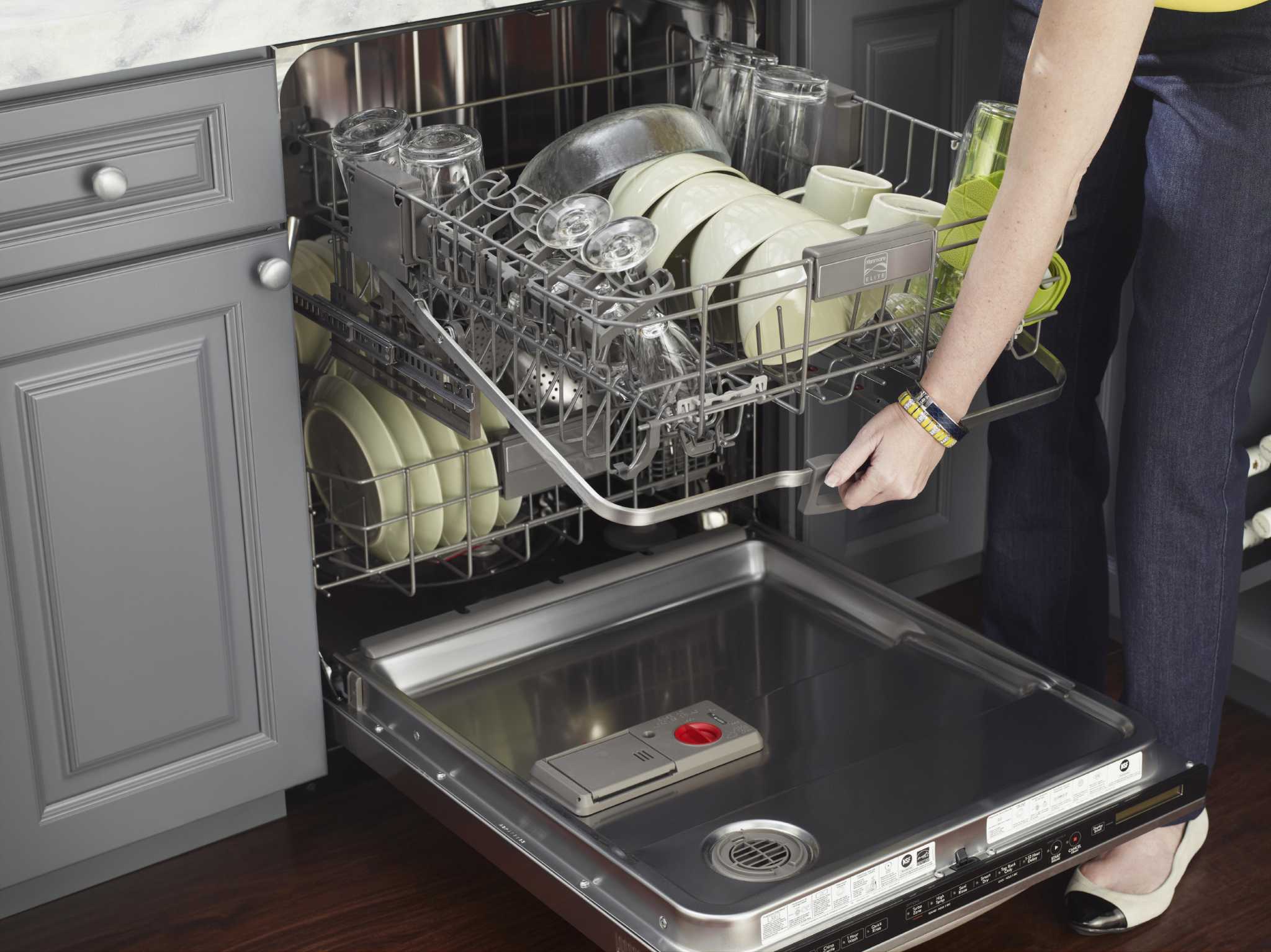
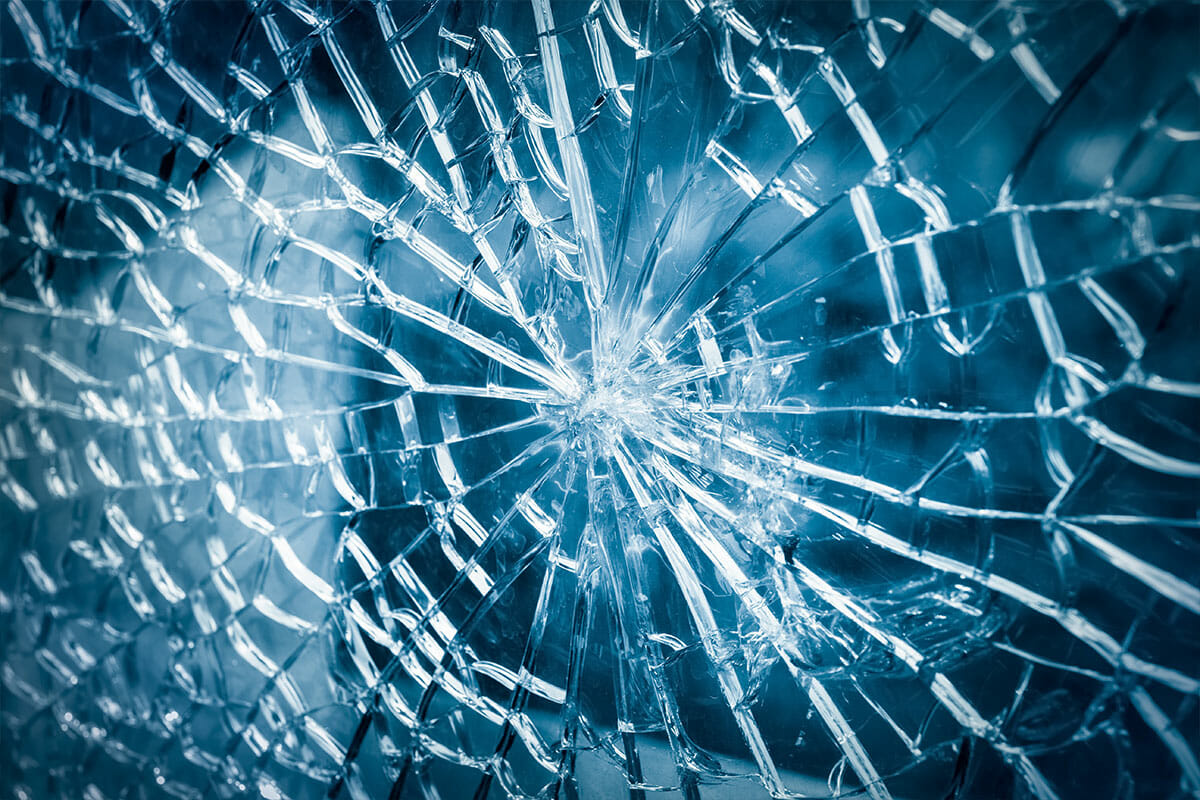
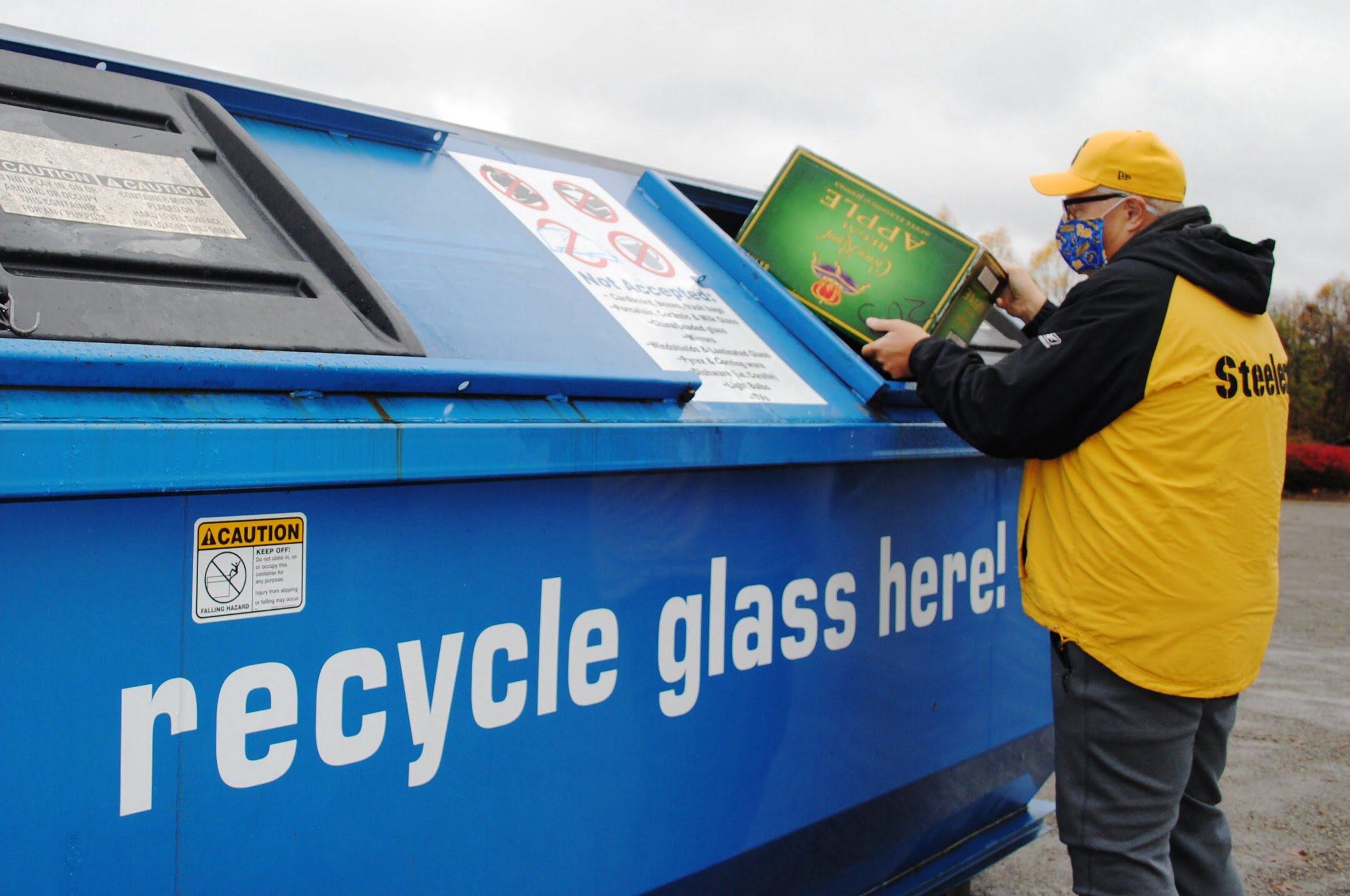
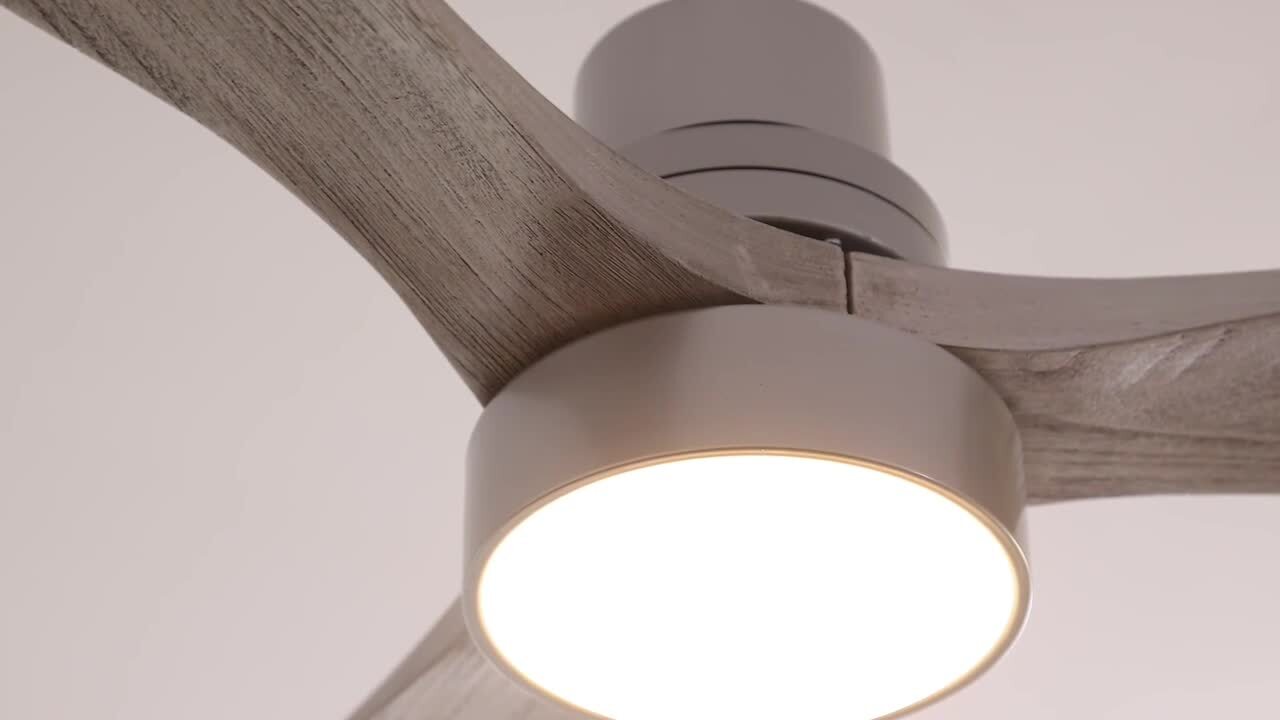
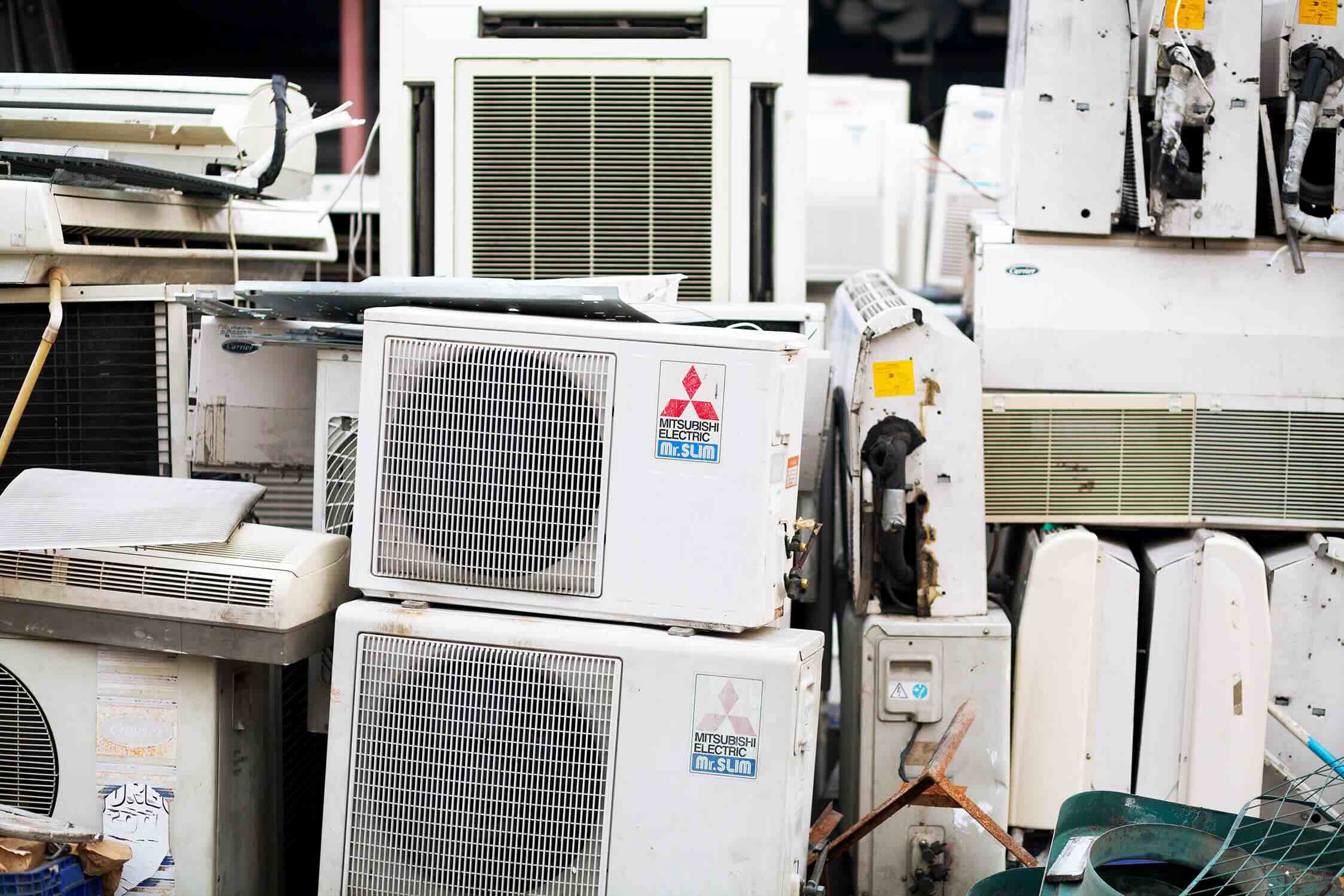
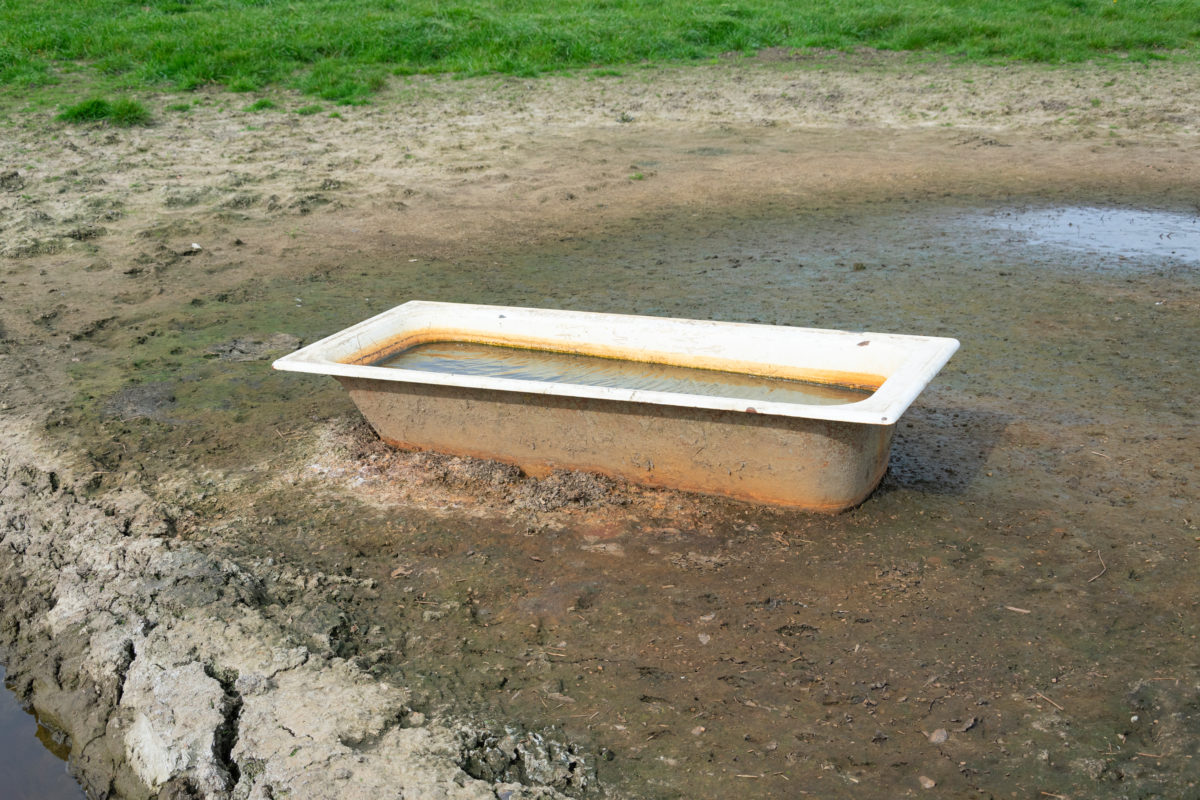
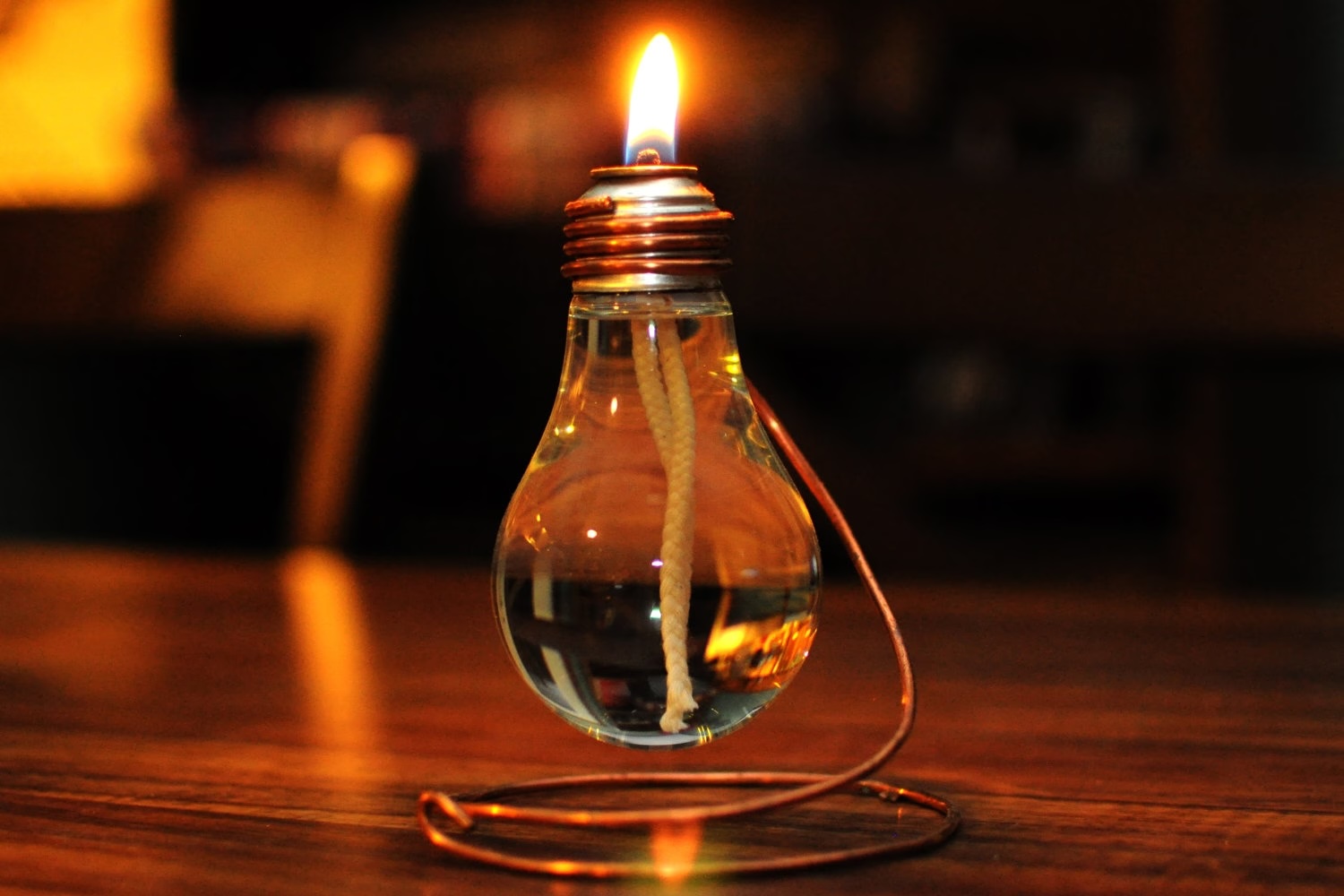
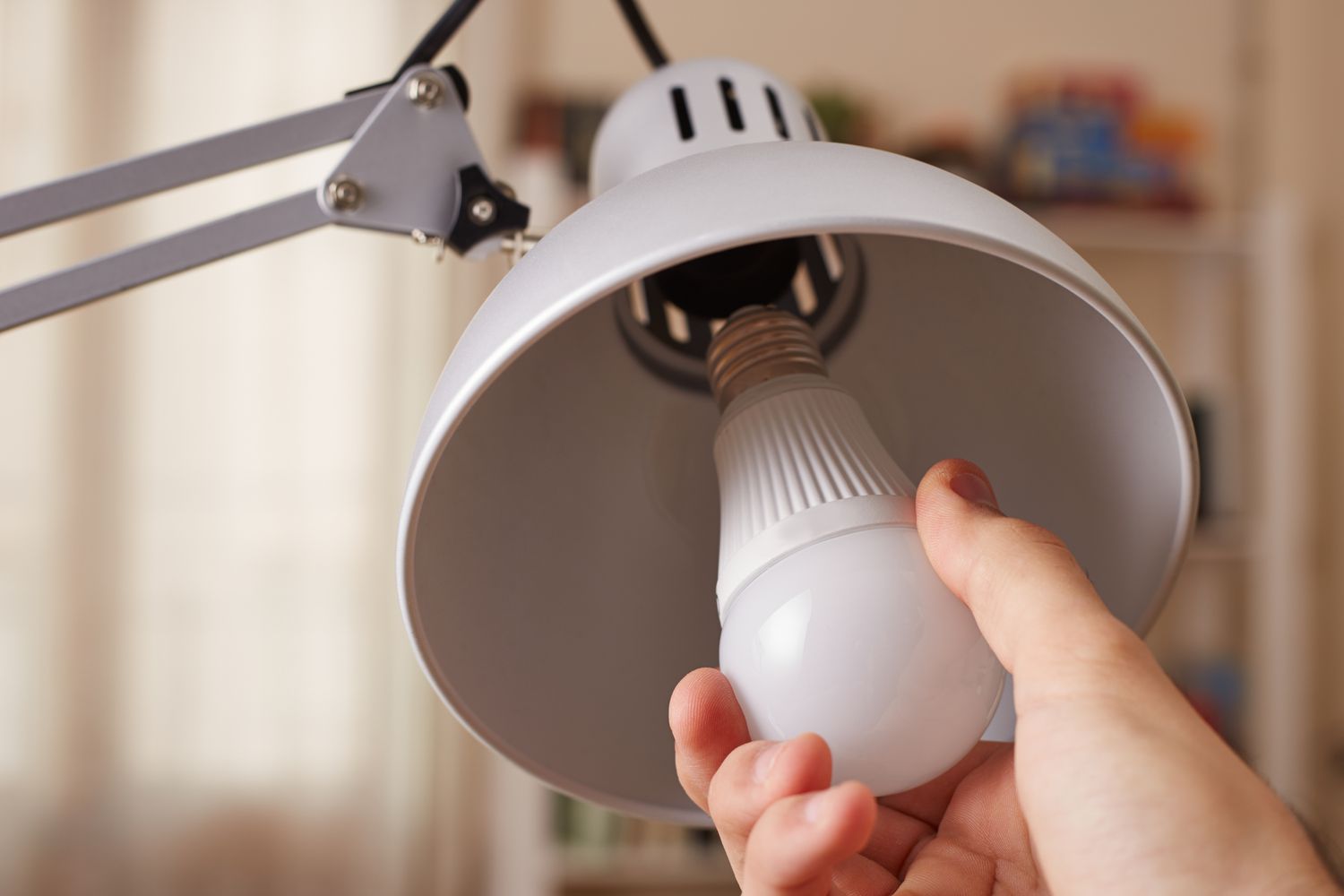
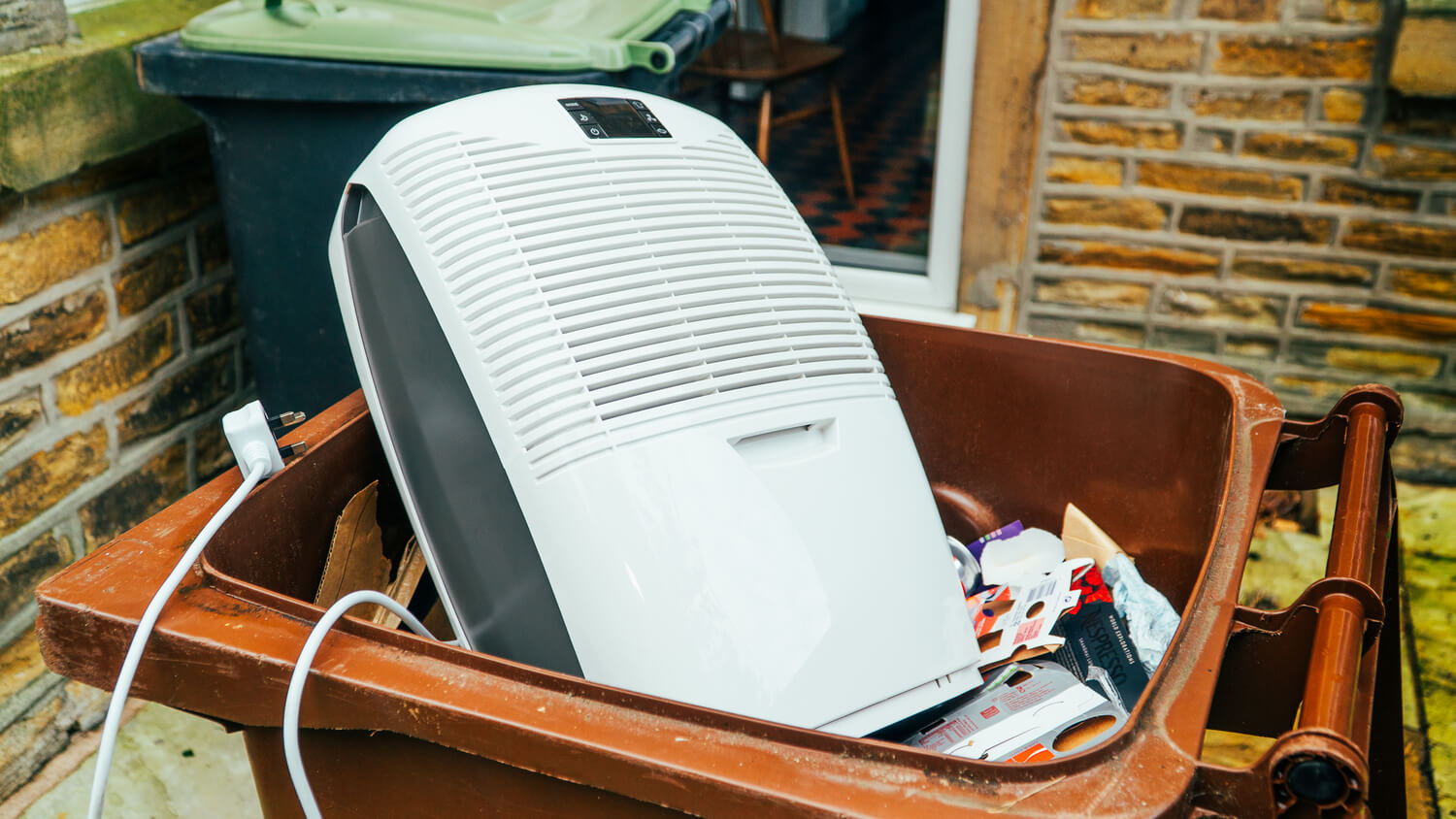
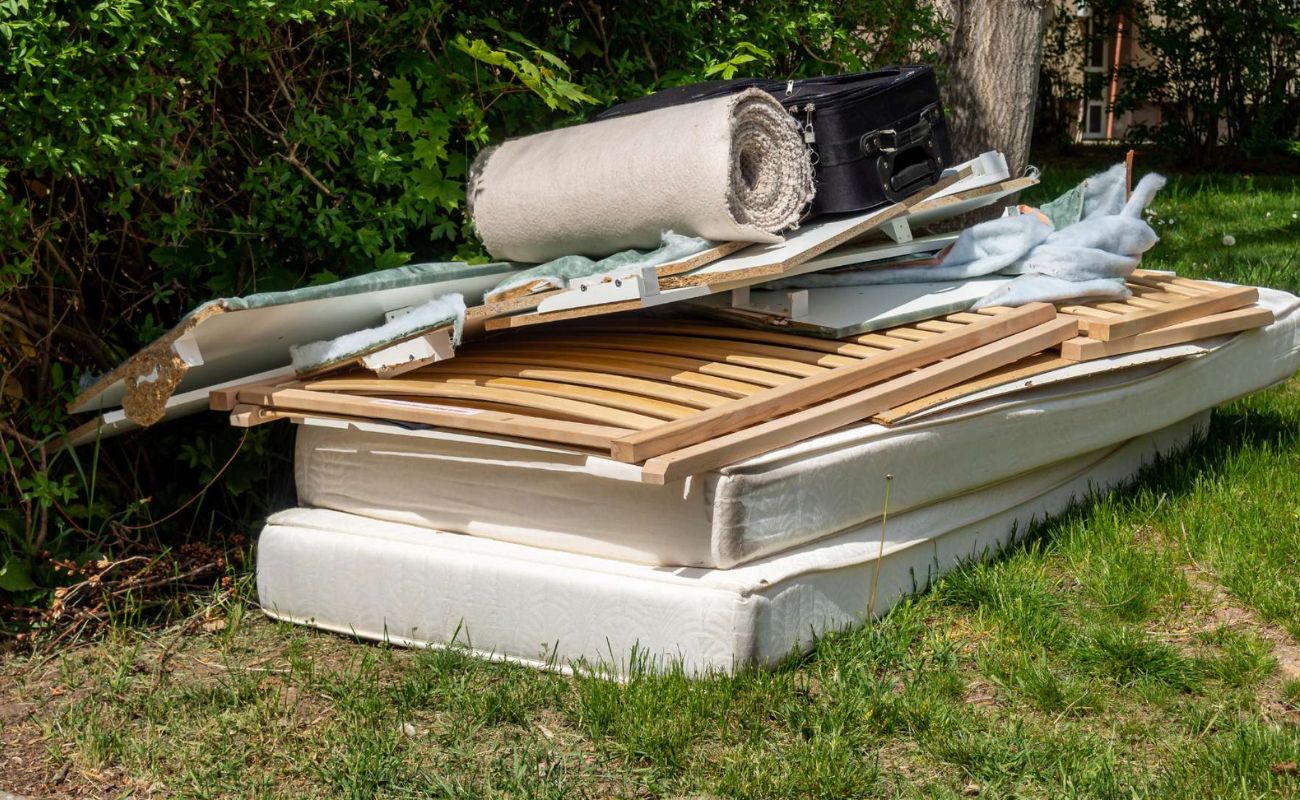
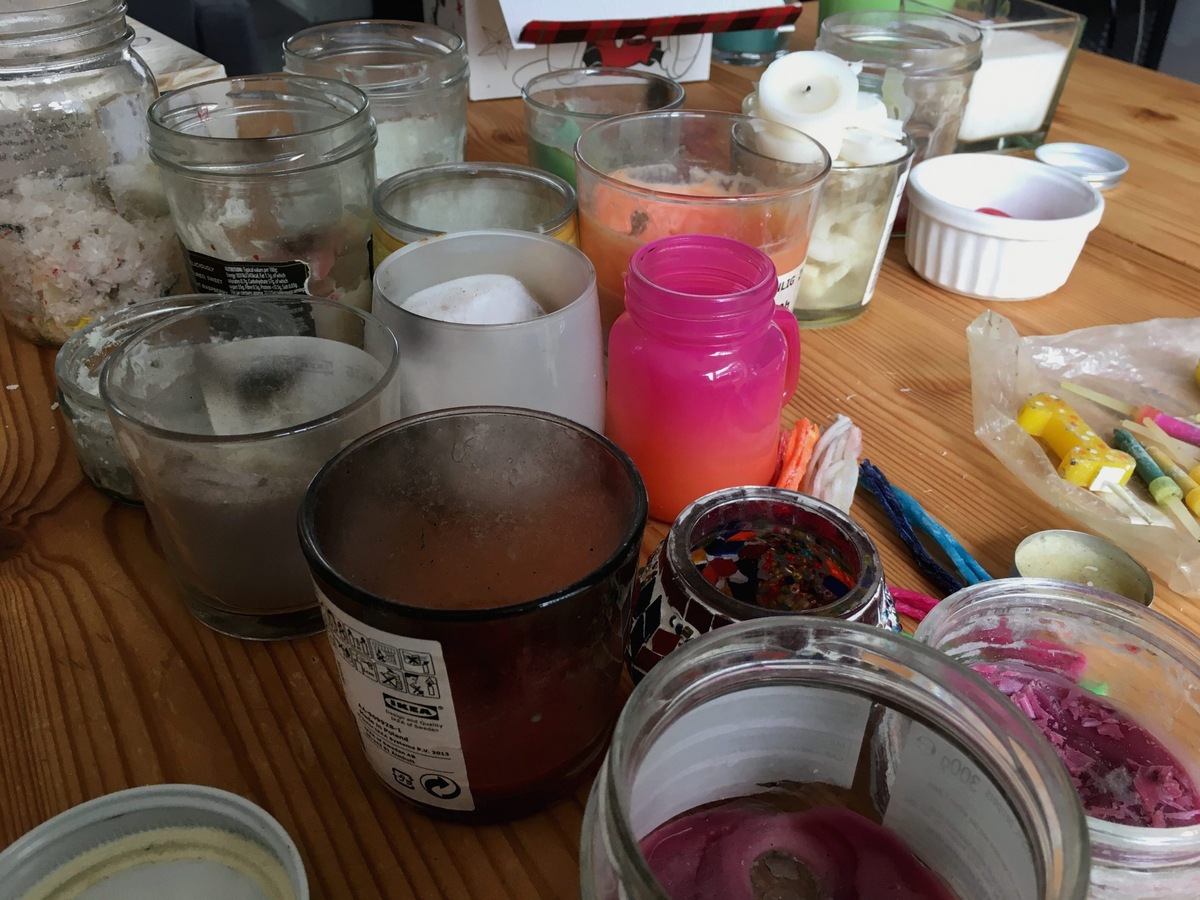
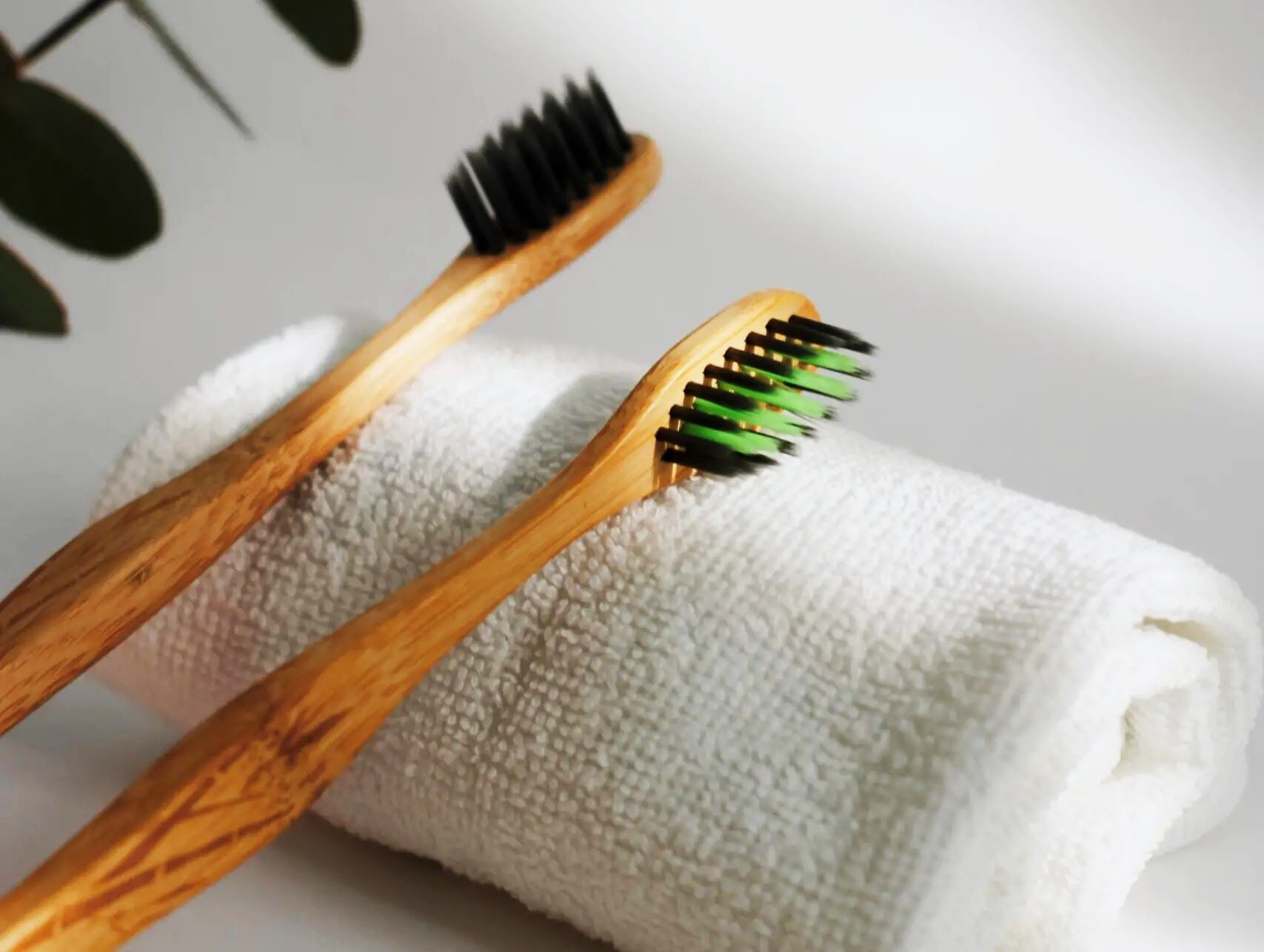
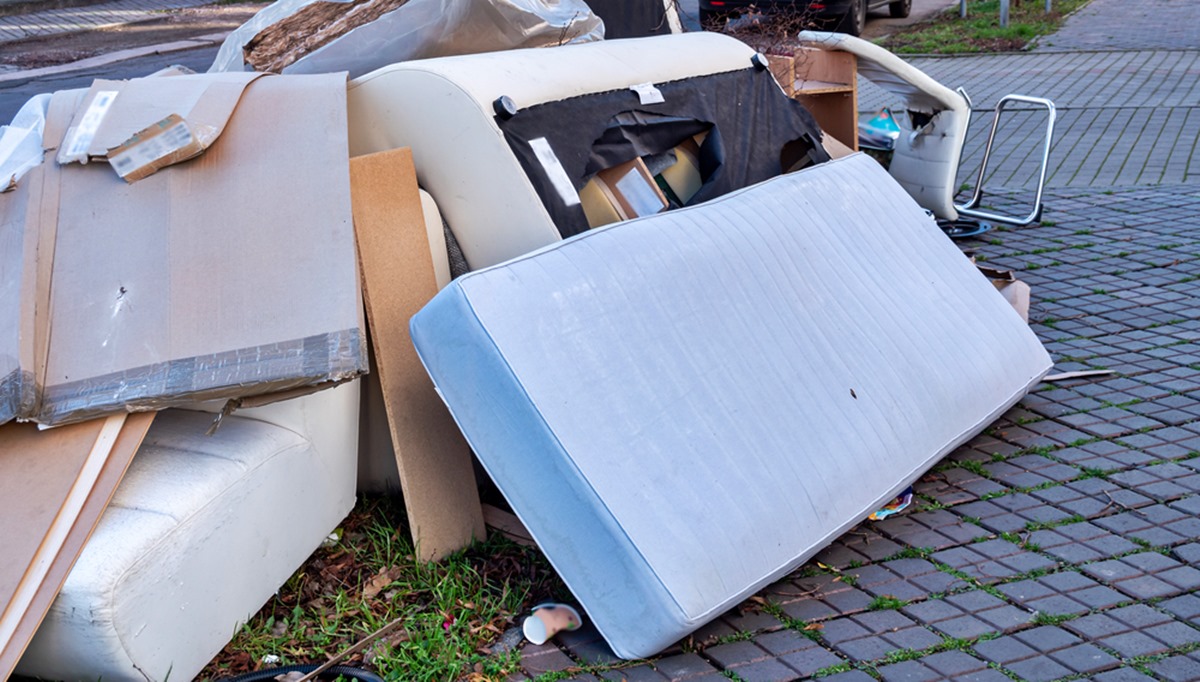
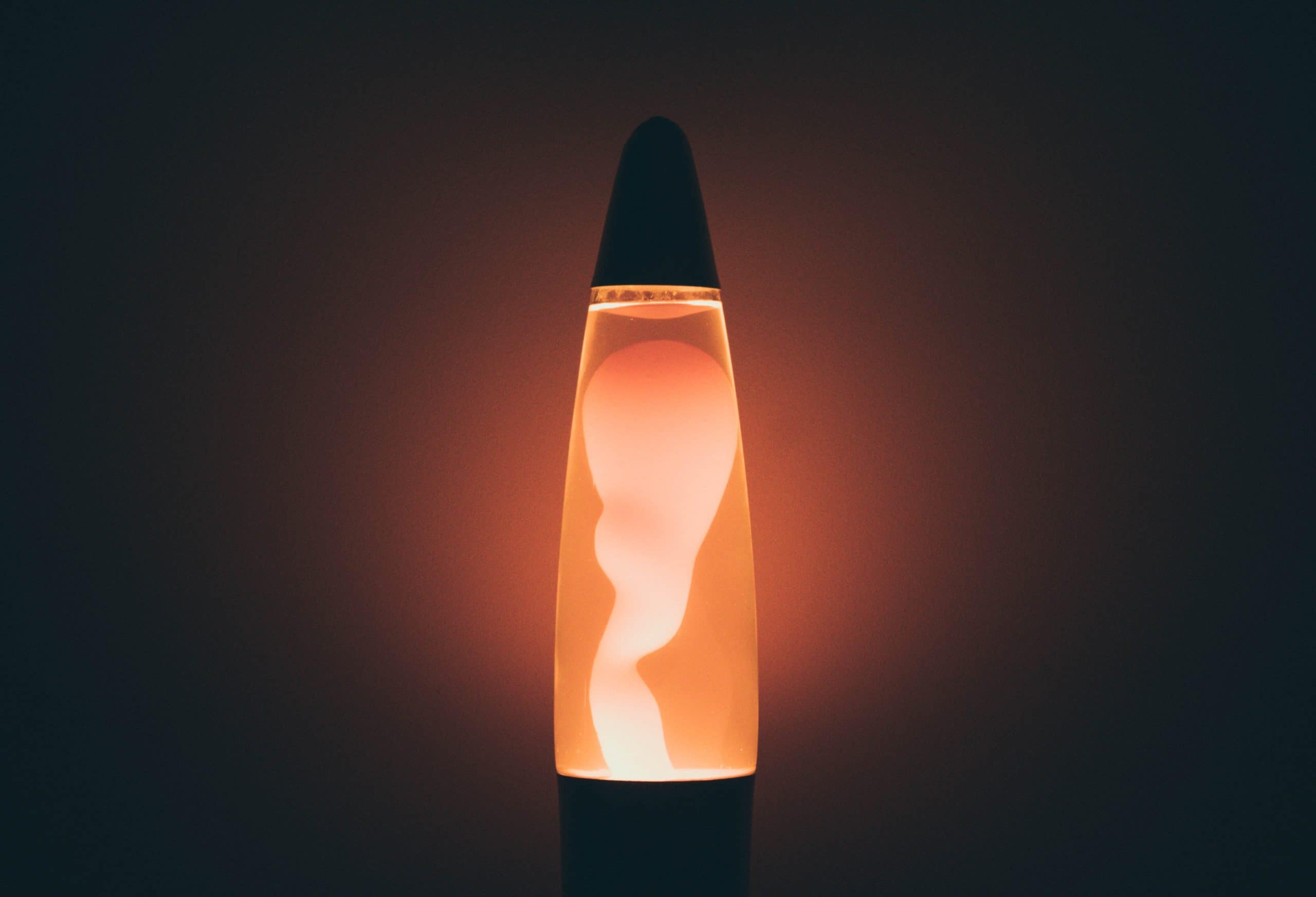

0 thoughts on “How To Dispose Of Blender”